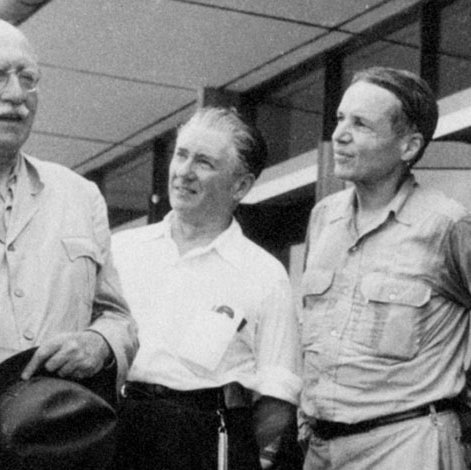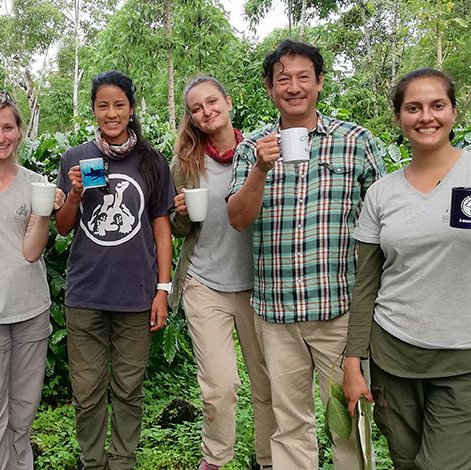Results
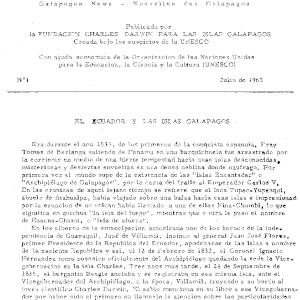
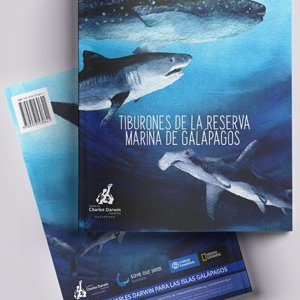
Field guide for kids to identify sharks of the Galapagos Marine Reserve.
- Date:
- 2019
- Language:
- Spanish
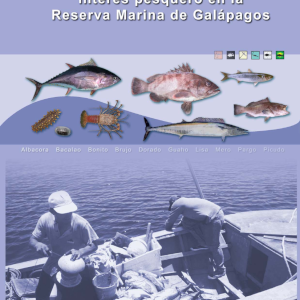
- Date:
- 2004
- Language:
- Spanish
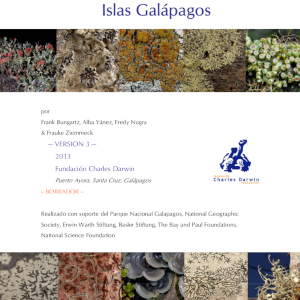
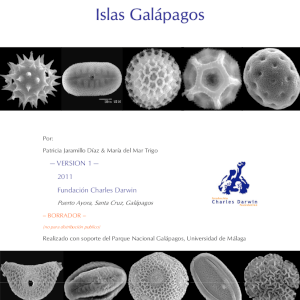
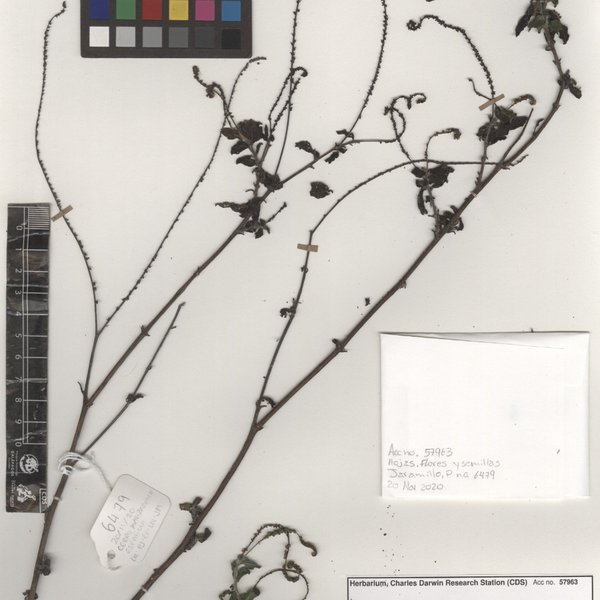
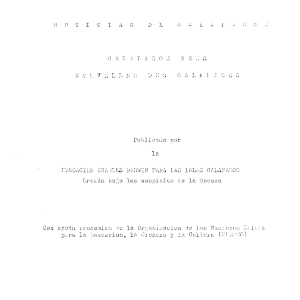
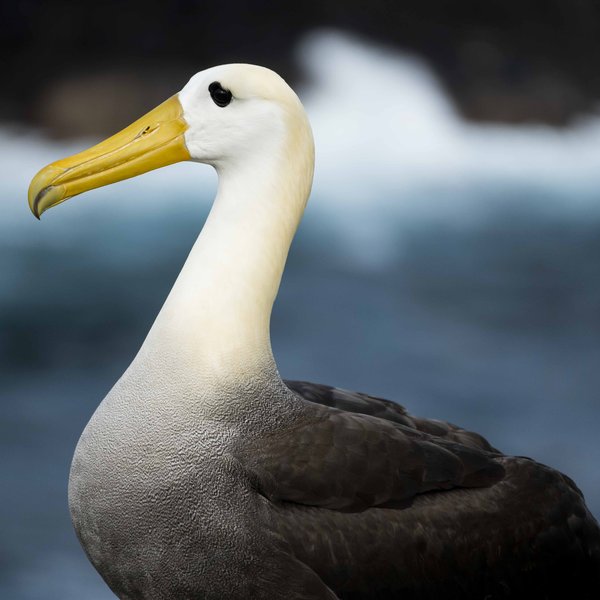

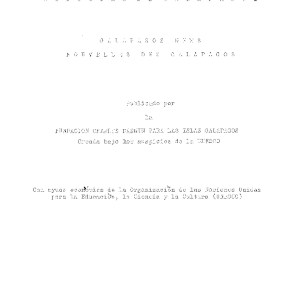
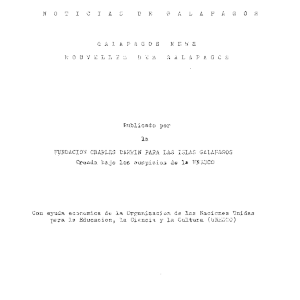
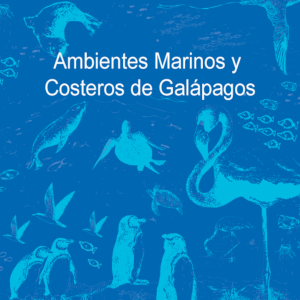

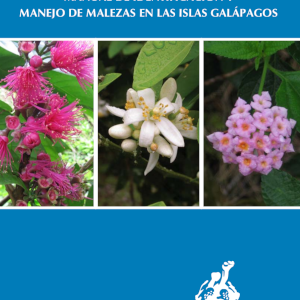
- Date:
- 2006
- Language:
- Spanish
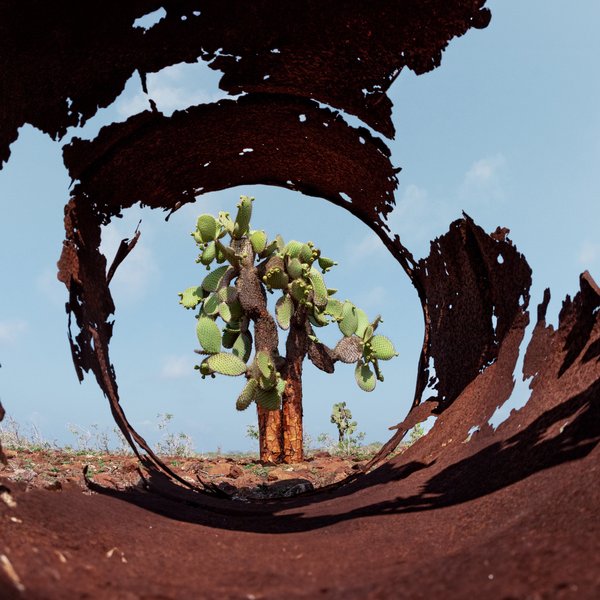
In Galapagos, 83% of the landmass falls within the arid zone. Restoring plant communities in this zone is challenging and slow, and natural regeneration in severely degraded areas is very limiting. Our scientists work to restore the arid habitat across various islands in the archipelago, notably Baltra Island, which has undergone significant human alteration, and special use sites such as garbage dumps and quarries on inhabited islands.

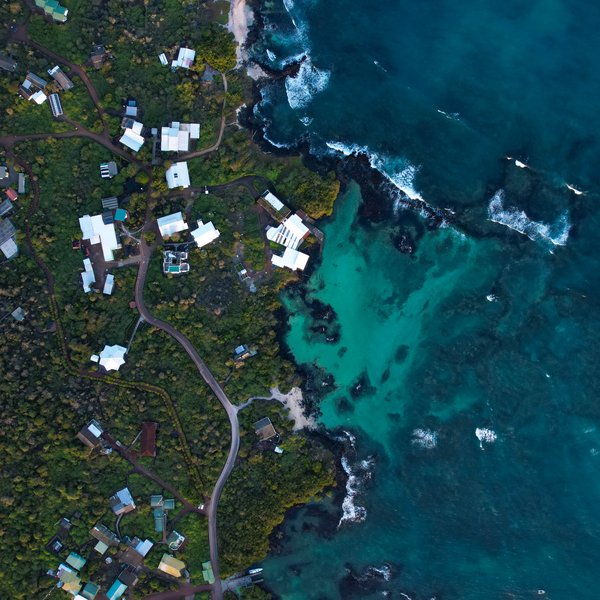
Inaugurated in 1964 as a base for scientists conducting their research on Galapagos, the Charles Darwin Research Station on Santa Cruz Island welcomes all visitors to discover how our scientific research and conservation actions ensure we safeguard one of the world’s most important natural treasures for future generations.





